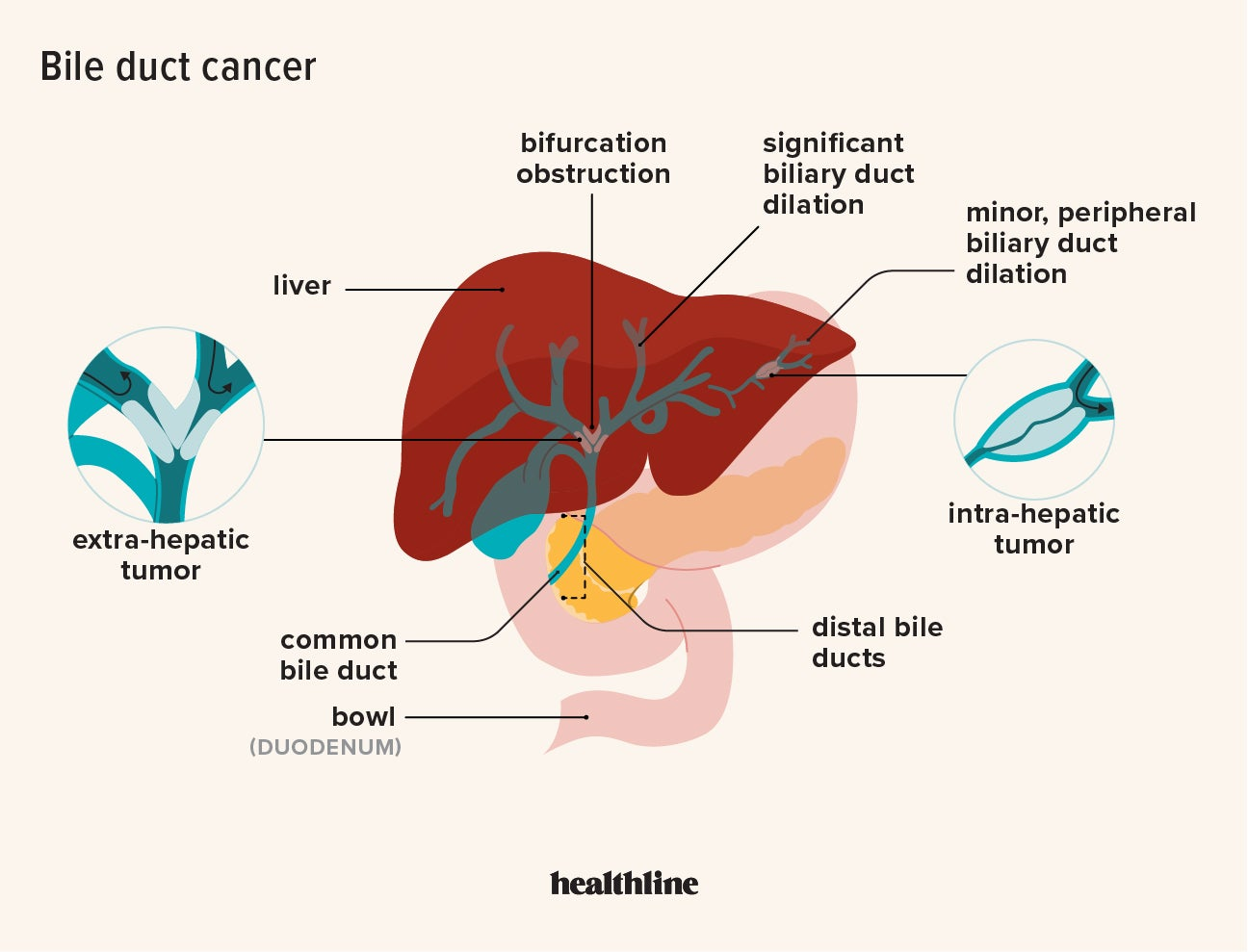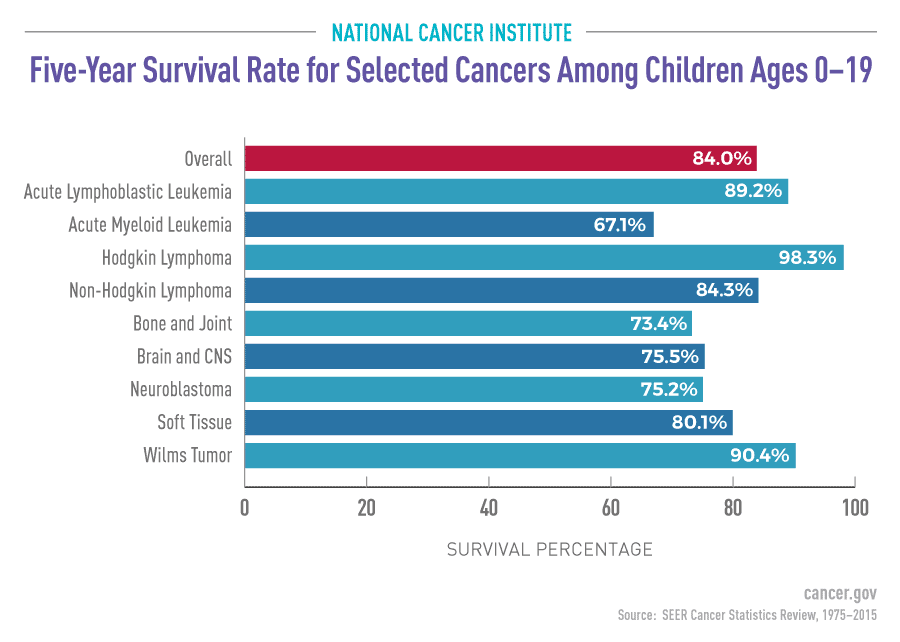
Primary care funding is rapidly becoming a focal point in discussions about healthcare reform as the U.S. grapples with a growing crisis in primary care access. The increasing demand for primary care services has highlighted the urgent need for enhanced primary care reimbursement models, such as the innovative ACO PC Flex program. This initiative aims to bolster healthcare financing by providing upfront payments that incentivize providers to focus on preventive care, ultimately reducing overall medical expenses. By addressing the funding disparities between primary care and specialist services, this model seeks to cultivate a healthier population with better access to essential medical care. As we explore the implications of primary care funding, it is clear that fostering an effective financial framework is crucial for the future of healthcare in America.
The financial support for primary care services is essential for reimagining how healthcare is delivered in the United States. With an increasing focus on health system reform, the discourse around financing options, such as advance compensation structures and shared savings models, is becoming prominent. New funding initiatives aim to empower general practitioners to provide comprehensive services, improve patient outcomes, and mitigate unnecessary hospital visits. This evolution in healthcare economic strategies reflects a shift toward prioritizing preventive treatments and equitable access for all patients. Through these conversations, the concept of sustainable funding in primary care is being redefined to meet the challenges of today’s healthcare landscape.
Understanding the Primary Care Funding Crisis
The current primary care funding model in the U.S. faces significant challenges. Policymakers and healthcare experts argue that the structure of how primary care is financed leaves physicians struggling under low reimbursement rates. Consequently, primary care physicians often have to see a higher volume of patients within shorter time frames, limiting the quality of care provided. This is compounded by the financial incentives that prioritize specialist care over primary care services, leading to a system that undervalues essential preventive care.
Moreover, the growing complexity of healthcare financing exacerbates these issues. Administration costs, along with the increasing medical expenses associated with advanced technology and specialized procedures, can make it difficult for primary care practices to thrive. Initiatives like ACO PC Flex aim to rectify these disparities by increasing upfront primary care funding, enabling doctors to focus on patient wellness rather than sheer volume of visits.
The Role of ACO PC Flex in Primary Care Reimbursement
The ACO PC Flex program represents a significant shift towards prospective payment models in primary care reimbursement. Unlike traditional fee-for-service models where physicians are compensated post-visit, ACO PC Flex allows for payments to be made in advance, thereby providing healthcare providers with necessary upfront funding. This innovative approach is designed to decrease financial pressures on primary care providers and encourage a focus on preventive care, ultimately fostering healthier communities.
This predictive payment model also alleviates some burdens associated with frequent patient visits. By allowing practices to utilize the provided funding to invest in preventive care programs, doctors can spend more quality time with patients, offering counseling and necessary interventions aimed at managing health before problems escalate. As a result, ACO PC Flex not only promotes improved patient outcomes but also has the potential to reduce costly hospital admissions.
Challenges Facing U.S. Primary Care Providers
Despite the potential benefits of ACO PC Flex, a number of challenges remain for primary care providers in America. One of the most pressing issues is the continuous push from corporate health systems to prioritize patient volume over quality care. This often pressures physicians to rush through appointments, hampering their ability to provide the comprehensive care patients require. Furthermore, primary care has traditionally been undervalued compared to specialist services, creating significant disparities in income and resource allocation.
The overwhelming amount of medical information and emerging technologies complicates the landscape further, as it requires primary care providers to stay updated on extensive data while managing their day-to-day patient care. Navigating these challenges is complex; thus, innovative models like ACO PC Flex are crucial not just for the funding but for ensuring primary care providers have the resources necessary to deliver high-quality healthcare in an efficient manner.
Preventive Care and Its Importance in Primary Care Funding
Preventive care plays a vital role in reducing long-term healthcare costs and enhancing the efficacy of primary care services. By shifting the focus from reactive treatments to proactive health management, healthcare financing initiatives such as ACO PC Flex create a framework where preventive services are prioritized. This not only helps in decreasing the incidence of chronic illnesses and serious health conditions but also can significantly reduce overall medical expenses.
Increased funding for preventive care enables primary care providers to spend more time engaging with patients in meaningful ways, whether through counseling, educational activities, or wellness programs. Ensuring that patients receive appropriate preventive care could greatly alleviate the strain on emergency services and specialists, ultimately leading to a more efficient and balanced healthcare system.
The Impact of Corporate Healthcare Systems on Primary Care
Corporate healthcare systems have transformed the landscape of primary care, often prioritizing financial gains over patient care quality. These entities typically push their primary care teams to maximize patient throughput—an approach that can compromise the patient experience and the effectiveness of the care provided. This dynamic leads to a healthcare environment where primary care is undervalued relative to specialized care, perpetuating a cycle of inadequate reimbursement for essential services.
As more primary care practices come under corporate ownership, the risk increases that the focus will shift away from preventative measures and continuity of care. Effective policy changes, like the ACO PC Flex program, are crucial to counteract these trends, ensuring that incentivized funding mechanisms empower primary care providers to prioritize patient well-being rather than profit margins.
Evaluating the Future of Primary Care Reimbursement Models
The introduction of new reimbursement models such as ACO PC Flex could represent a turning point for primary care in the United States. With its emphasis on upfront funding and shared savings, this model could inspire a significant shift in how primary care providers are compensated. If successful, it could also set a precedent for alternative financing structures that prioritize quality, preventive care over volume-based models that currently dominate the healthcare landscape.
However, for ACO PC Flex and similar initiatives to be widely adopted, demonstrating their efficacy in reducing overall healthcare costs and improving patient outcomes is essential. As more data emerges on the financial and health impacts of these reimbursement changes, they might pave the way for a more sustainable primary care system that values and appropriately compensates the role of family physicians and primary care practices.
Barriers to Implementing Prospective Payment Models
Implementing prospective payment models like ACO PC Flex comes with its own set of barriers. Although providers stand to gain upfront payments, transitioning from a historically entrenched fee-for-service model can be challenging. The shift requires a cultural and operational change within practices that may not be equipped or ready to adapt quickly. Resistance from healthcare corporations that benefit from the status quo can also complicate the rollout of innovative payment methodologies.
Furthermore, evaluating the effectiveness of these models necessitates a robust framework of data tracking and analysis to ensure that financial incentives align with the quality of care. Without careful oversight and a commitment to adapting these models to the needs of both patients and providers, there may be difficulty in achieving long-term improvements in healthcare financing and patient outcomes.
Potential Outcomes of the ACO PC Flex Initiative
If successful, the ACO PC Flex initiative has the potential to revolutionize how primary care is financed, leading to improved patient health outcomes, reduced overall medical expenses, and increased provider satisfaction. By offering increased funding and structuring payments around preventive care, this model aligns economic incentives with health management priorities—ultimately encouraging a healthcare system that rewards good health rather than merely the treatment of illness.
Additionally, if ACO PC Flex can demonstrate its effectiveness under Medicare, there is hope that similar models could extend into Medicaid as well as the commercial insurance domain. Expanding these principles across various healthcare plans could lead to a comprehensive approach to primary care—one that prioritizes value and preventive services across patient populations, particularly for those with the highest needs.
Addressing Disparities in Primary Care Access
Another pressing aspect of primary care funding is addressing the disparities in access, particularly for low-income populations. Many Medicaid providers experience lower reimbursement rates, which discourages physicians from accepting these patients, perpetuating inequalities in healthcare access. Programs like ACO PC Flex must strive to close this gap by ensuring sufficient funding to support primary care providers serving marginalized communities.
By incentivizing higher primary care funding in these areas and encouraging practices to invest in outreach and prevention, healthcare systems can begin to overcome the barriers that too often prevent vulnerable populations from receiving essential care. This focus on equity is not only a moral imperative but also critical for the overall efficiency of the healthcare system, as healthier communities lead to reduced costs and better health outcomes.
Frequently Asked Questions
What is primary care funding and why is it important?
Primary care funding refers to the financial resources allocated to primary healthcare services, which are essential for ensuring accessible and quality healthcare. Adequate funding is crucial because it supports preventive care, reduces overall healthcare costs, and alleviates the burden on emergency services by promoting early intervention and managing chronic conditions.
How does primary care reimbursement impact healthcare financing?
Primary care reimbursement influences healthcare financing by determining how much primary care providers are compensated for their services. Lower reimbursement rates compared to specialists can lead to financial strain on primary care practices, thereby affecting patient access to essential services and preventive care.
What is ACO PC Flex and how does it enhance primary care funding?
ACO PC Flex is a new payment model designed to enhance primary care funding by providing upfront payments to primary care providers within accountable care organizations (ACOs). This model encourages investment in preventive care and infrastructure, allowing doctors to focus on patient health and reducing future medical expenses by preventing serious illnesses.
What are the potential benefits of increased primary care funding through initiatives like ACO PC Flex?
Increased primary care funding through initiatives like ACO PC Flex can lead to better patient outcomes, reduced healthcare costs, and a more sustainable healthcare system. By incentivizing preventive care, this model aims to keep patients healthy, thereby minimizing high medical expenses resulting from hospital admissions.
Why is preventive care a focus in primary care funding models?
Preventive care is a focus in primary care funding models because it plays a vital role in reducing the prevalence of chronic diseases, minimizing healthcare costs, and improving population health. By investing in preventive services, primary care providers can help patients maintain their health and avoid expensive medical treatment.
What challenges does primary care funding face in the current healthcare system?
Primary care funding faces challenges such as low reimbursement rates compared to specialists, high patient volume pressures on providers, and a lack of emphasis on preventive services. These factors contribute to the difficulty of sustaining a robust primary care workforce, which is essential for managing the growing healthcare demands.
How does the prospective payment system in ACO PC Flex differ from traditional primary care reimbursement?
The prospective payment system in ACO PC Flex differs from traditional reimbursement by providing payment to primary care providers before services are delivered. This model encourages proactive healthcare management and does not penalize practices for necessary expenditures, promoting investment in patient care and preventive services.
What role does healthcare financing play in supporting primary care providers?
Healthcare financing plays a critical role in supporting primary care providers by ensuring they receive fair compensation for their services. Improved financing models, such as ACO PC Flex, aim to address the financial challenges faced by primary care practices, enabling them to offer comprehensive care and prioritize preventive measures.
Can primary care funding initiatives like ACO PC Flex increase access to care for lower-income patients?
Yes, primary care funding initiatives like ACO PC Flex can potentially increase access to care for lower-income patients by incentivizing primary care practices to invest in services that meet their needs. However, it is essential to also focus on improving reimbursement rates for Medicaid providers to ensure that all patients, especially those with higher needs, receive adequate care.
Will ACO PC Flex replace traditional models of primary care reimbursement?
While it’s too early to determine if ACO PC Flex will completely replace traditional reimbursement models, its success in enhancing primary care funding and demonstrating cost savings may encourage similar adaptations in commercial insurance plans, potentially reshaping the landscape of primary care reimbursement.
| Key Point | Details |
|---|---|
| Current Issues in Primary Care | High demand but low supply of clinicians; practices often owned by corporations prioritizing volume over quality. |
| Reimbursement Challenges | Primary care reimbursement rates are lower compared to specialist services, leading to a devaluation of primary care roles. |
| Accountable Care Organizations (ACOs) | ACOs aim to provide high-quality care at lower costs, using a shared savings model to incentivize efficient care. |
| Prospective Payment Model | ACOs now receive payment before services are provided, promoting preventative care and reducing hospitalization. |
| Future Implications | Success in ACO PC Flex could influence broader reimbursement practices beyond Medicare, prompting increased funding for primary care. |
Summary
Primary care funding is a critical issue facing the U.S. healthcare system today, as burgeoning demands clash with limited supply and resources. The introduction of the ACO PC Flex program represents a significant innovation aimed at alleviating financial pressures on primary care providers by promoting preventative care and improving payment models. By transitioning to a prospective payment structure, this initiative seeks not just to enhance primary care funding but also to enrich the quality of healthcare services offered to patients. The potential success of this model could lead to notable changes in how primary care is prioritized and funded across the broader healthcare landscape.





